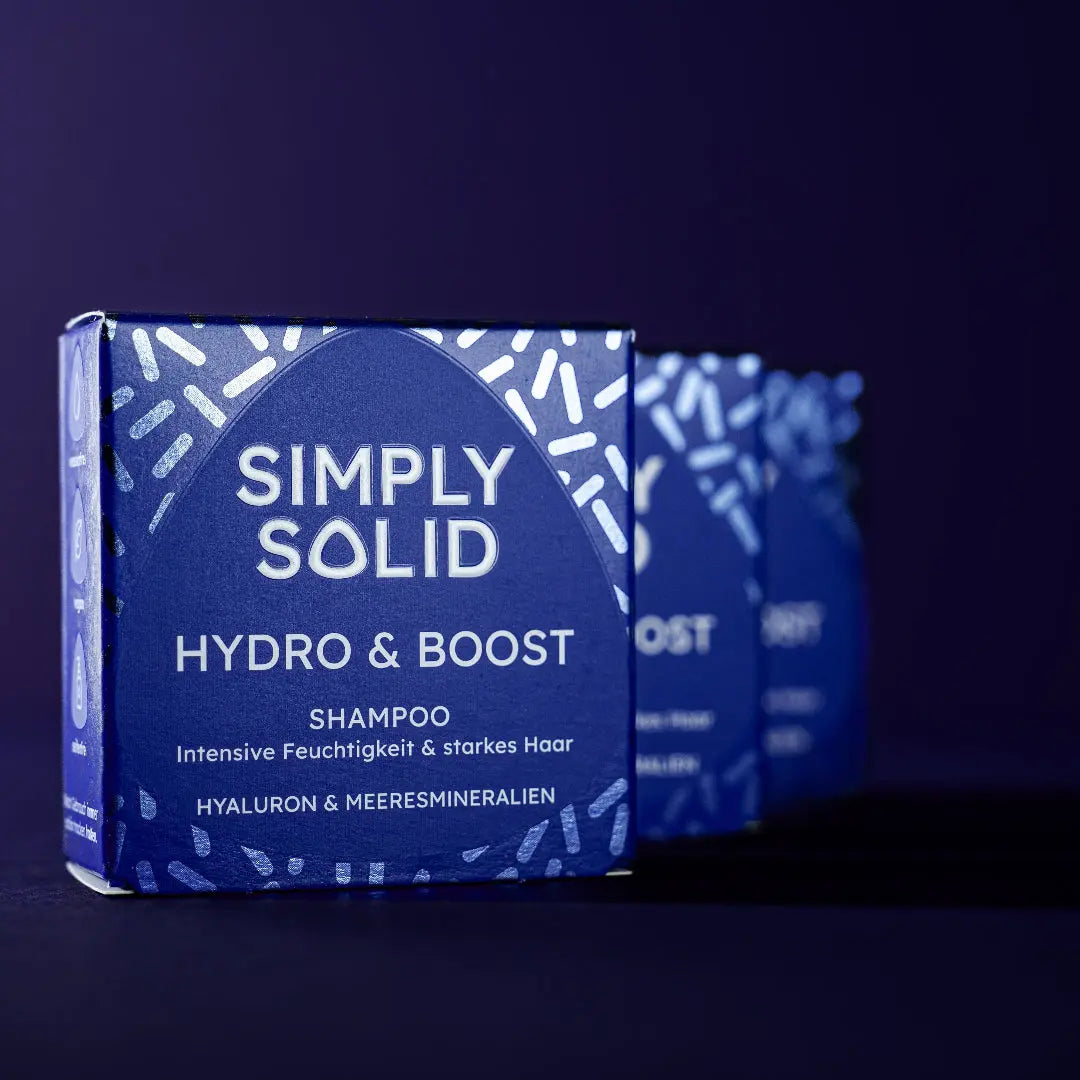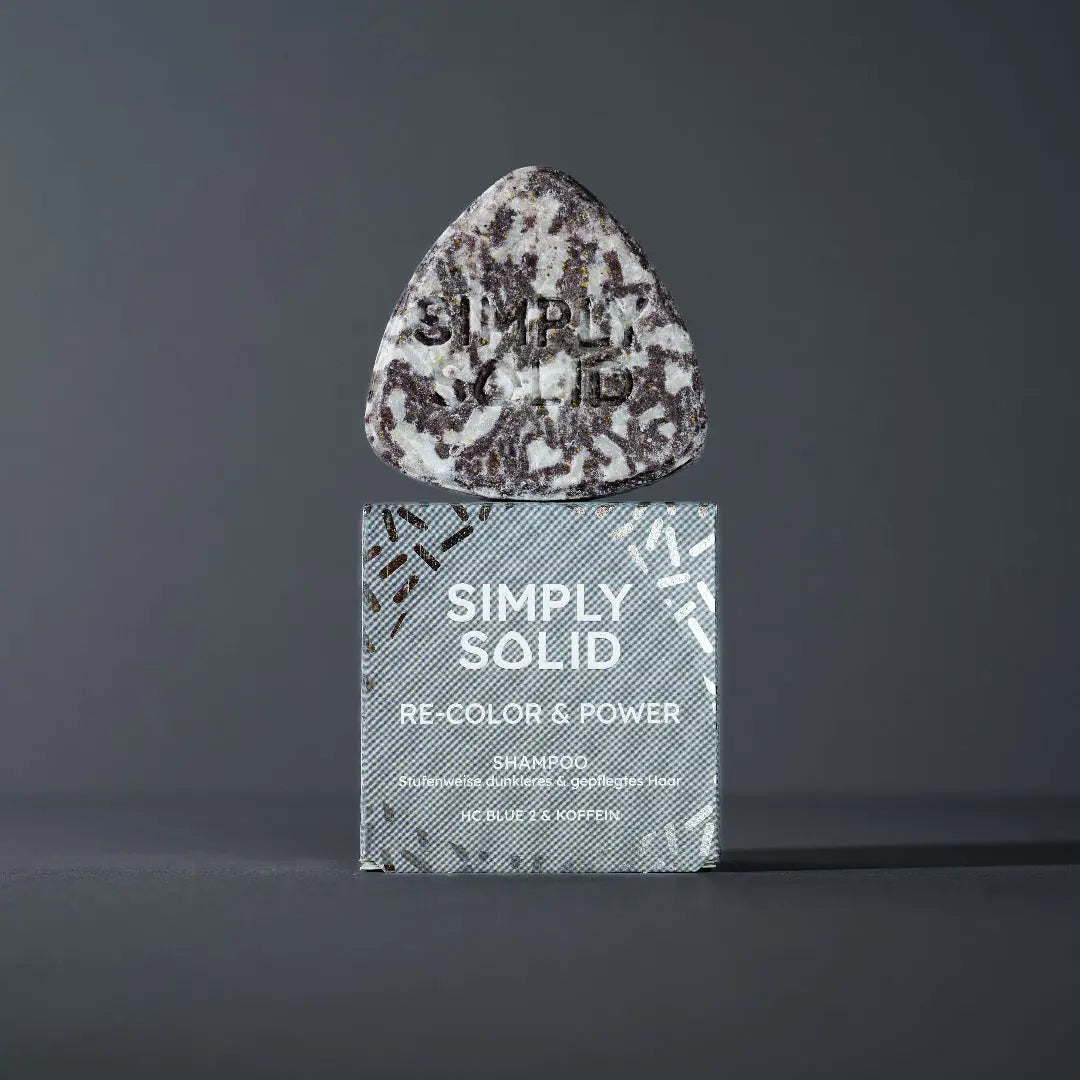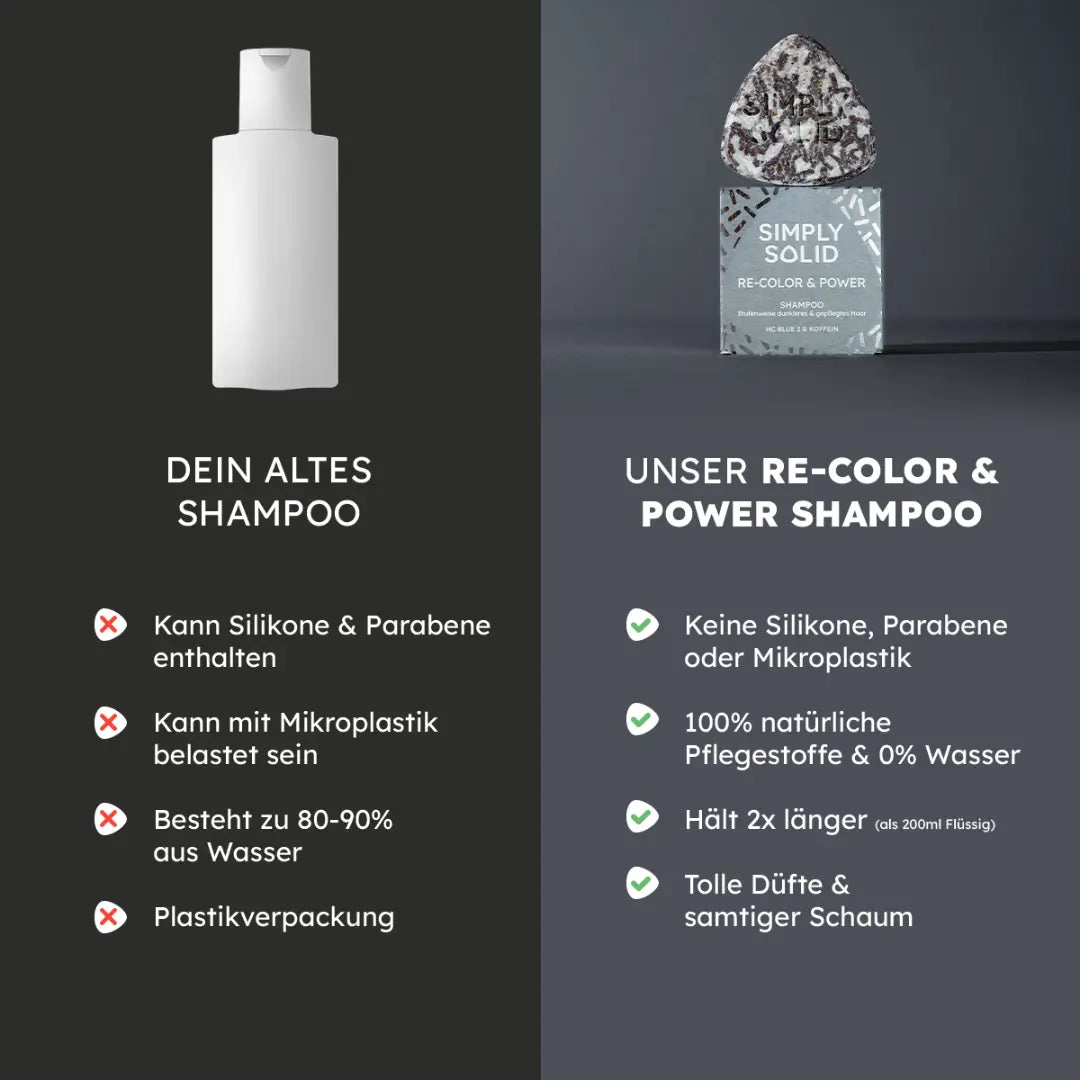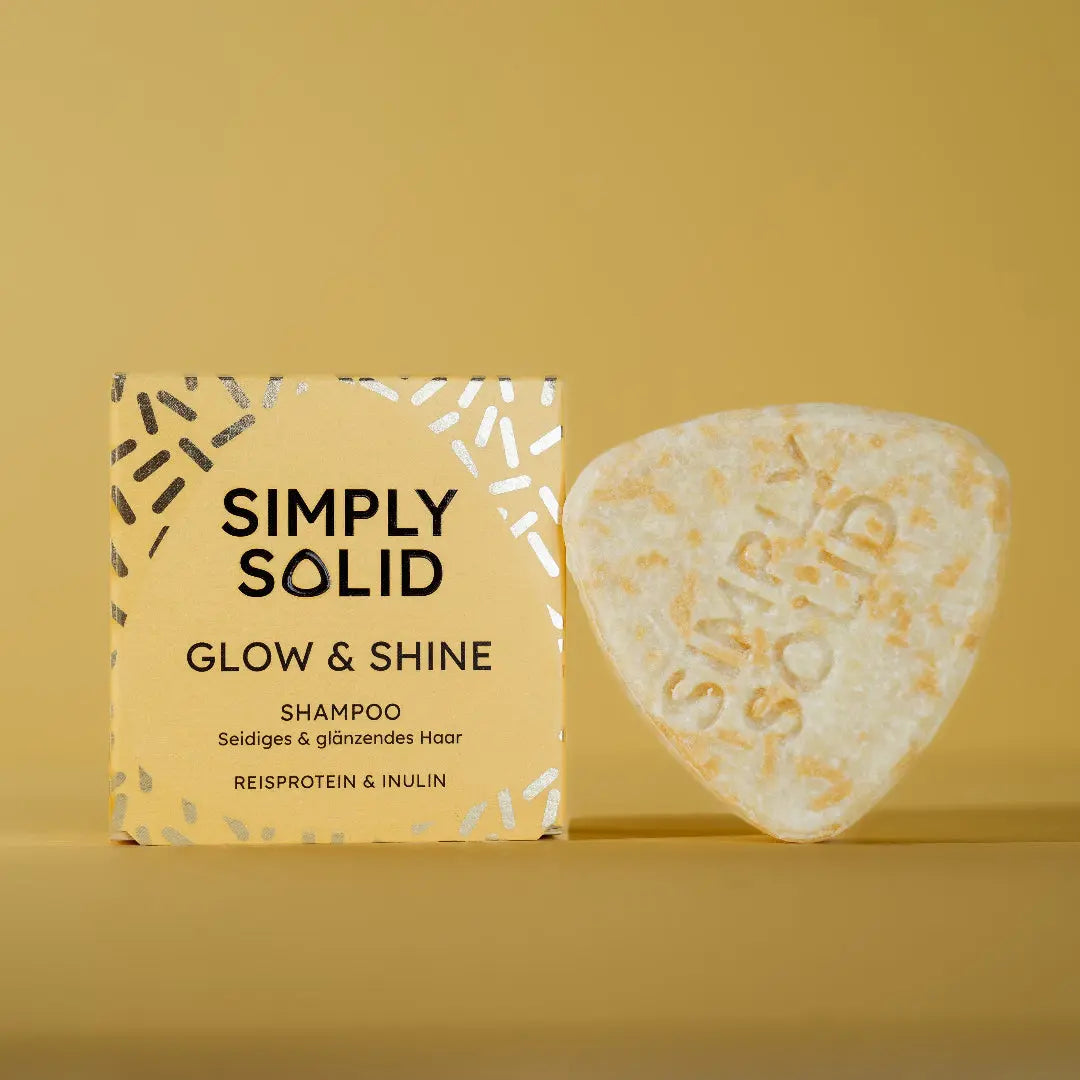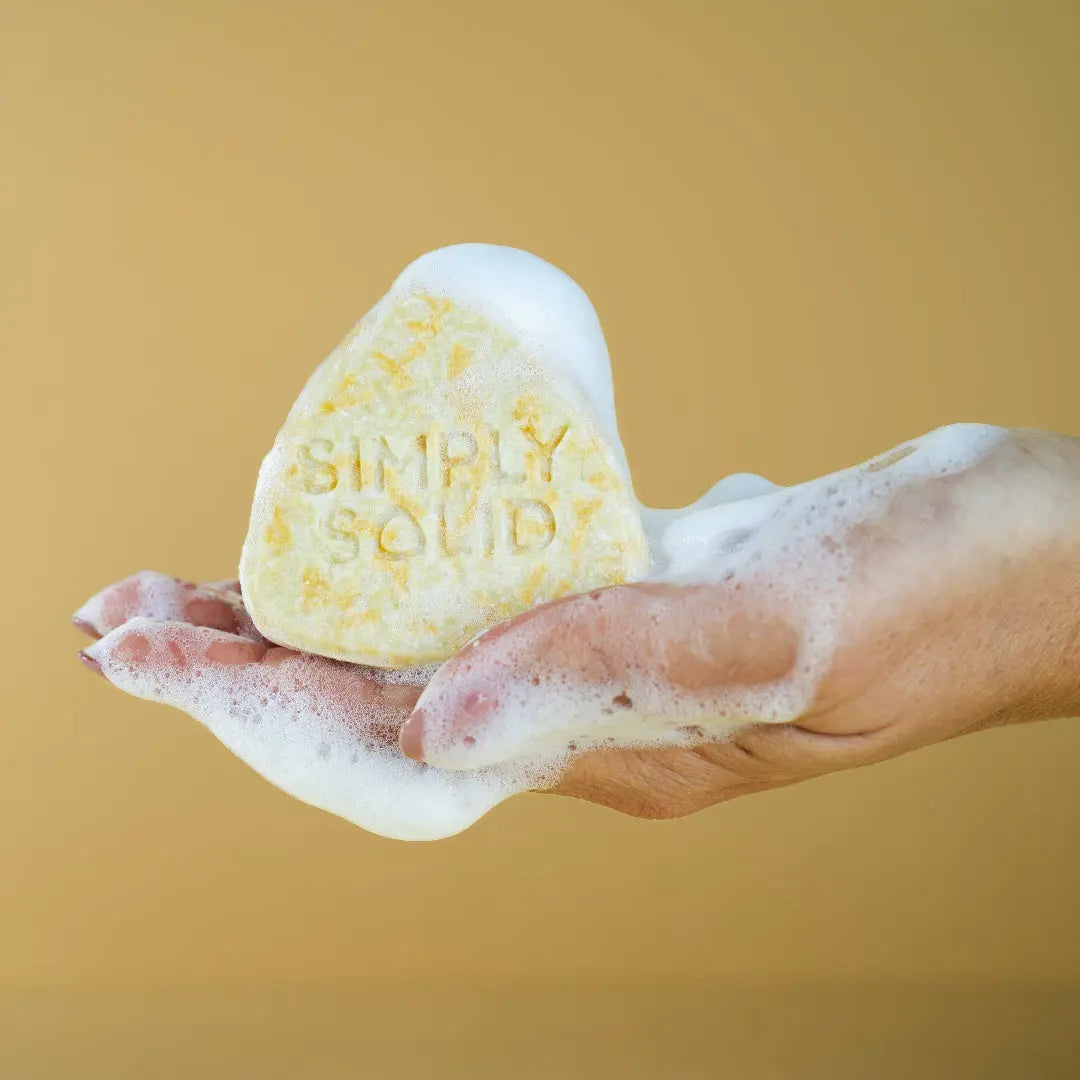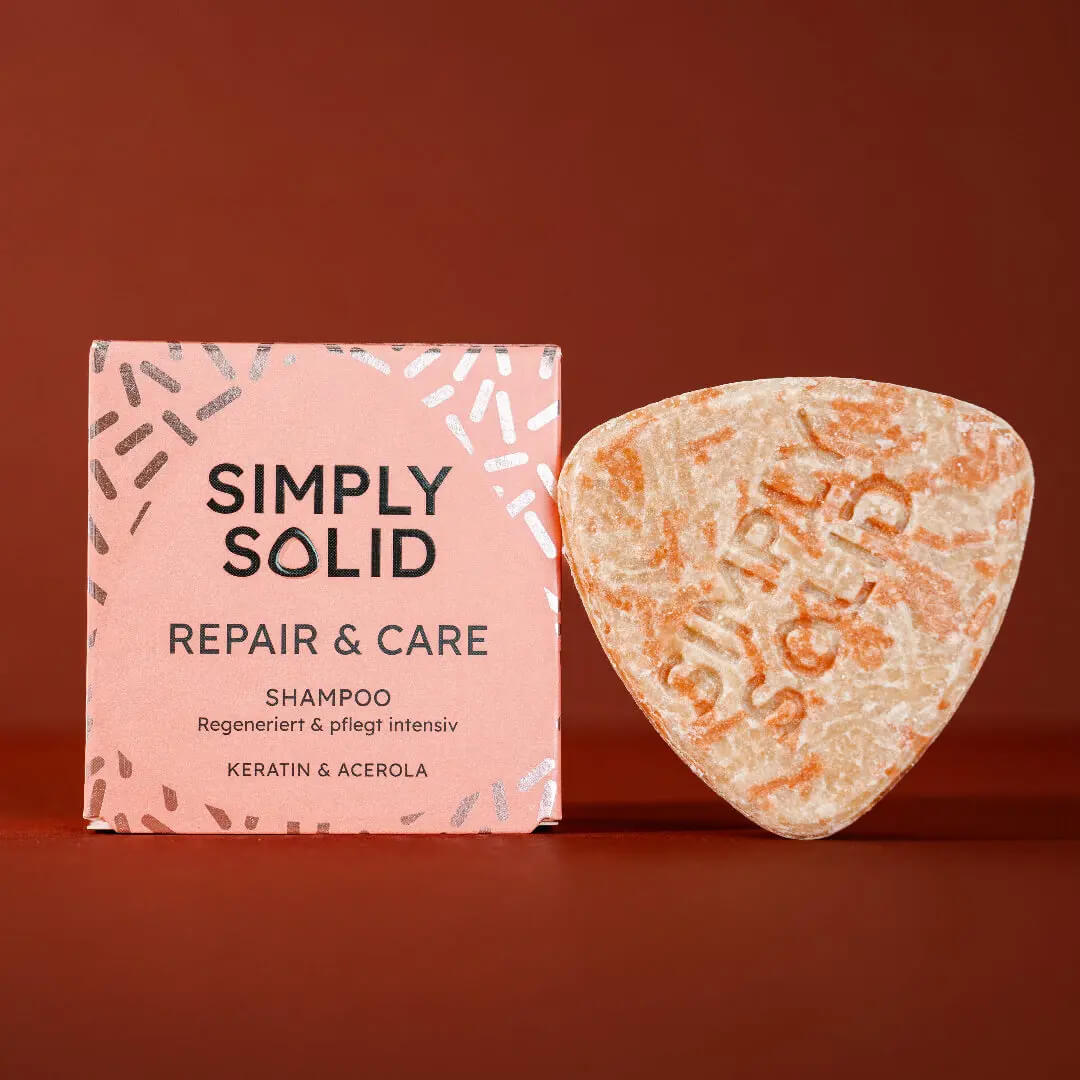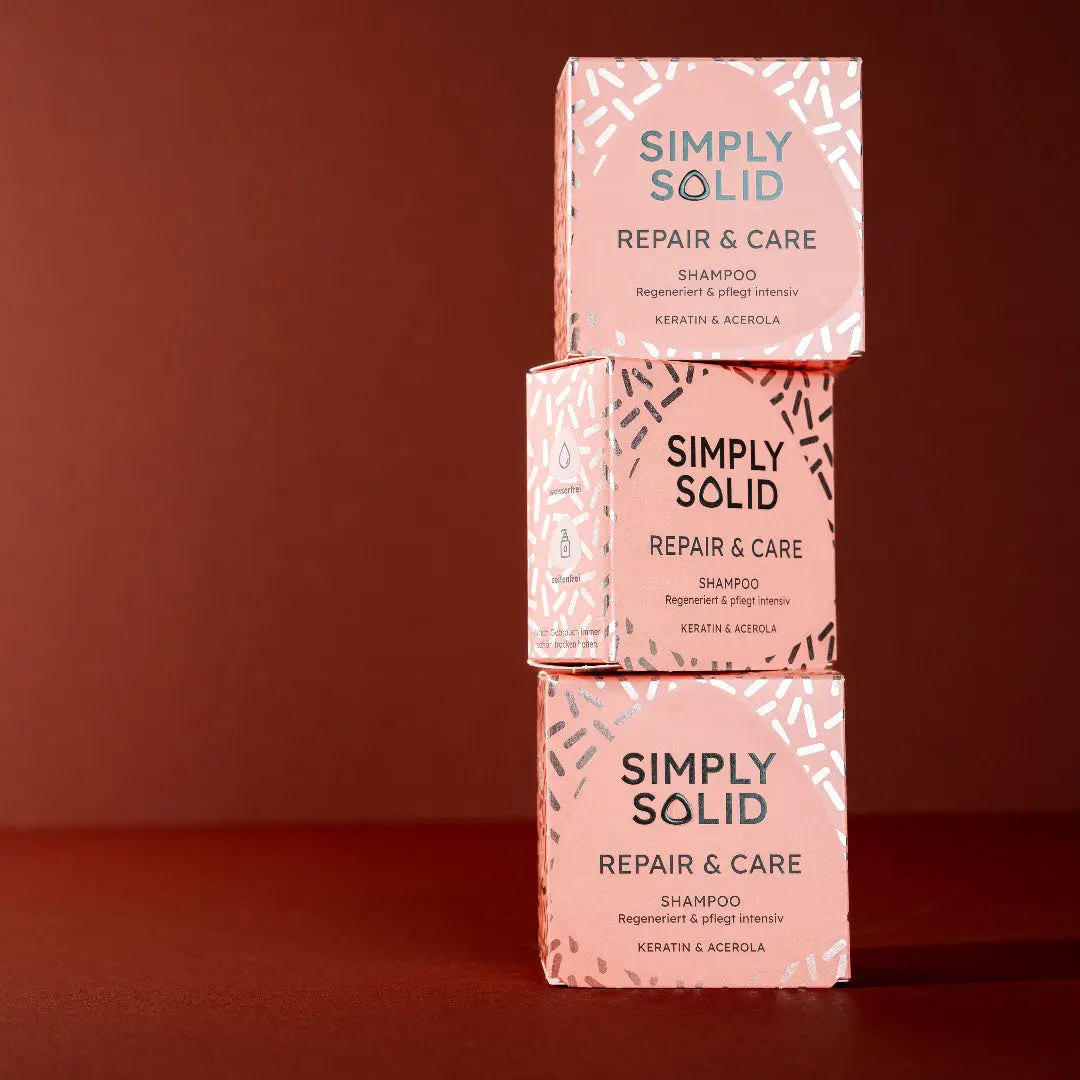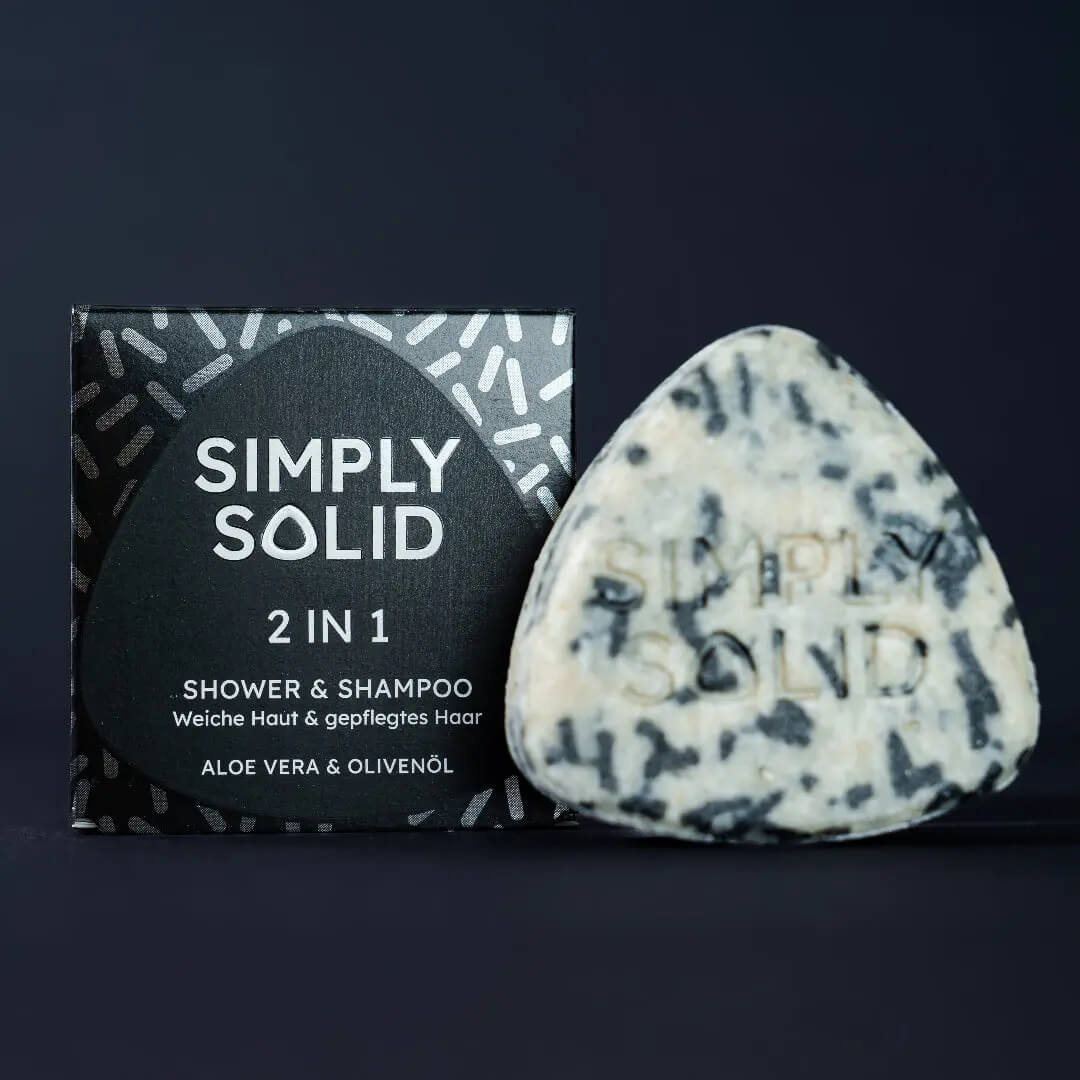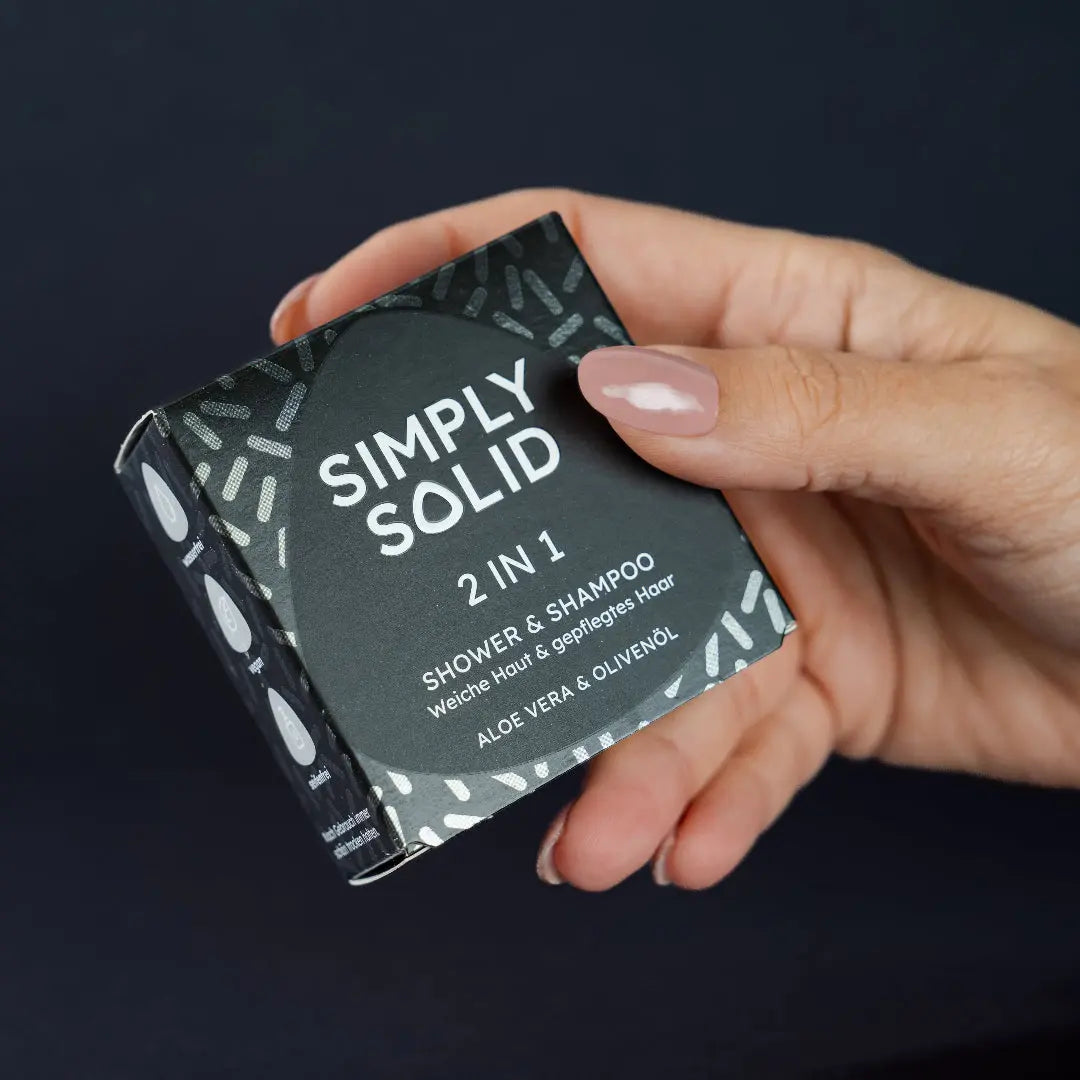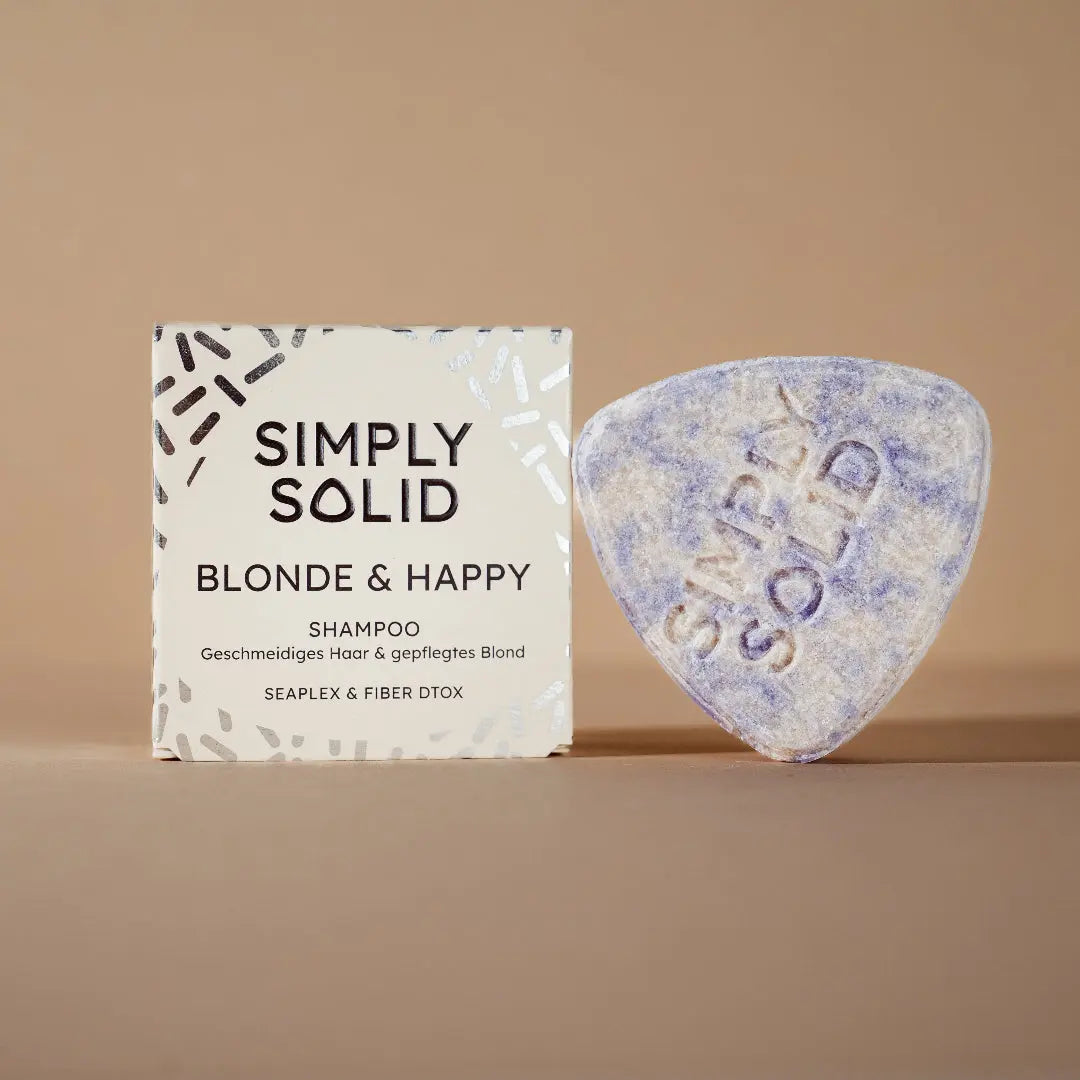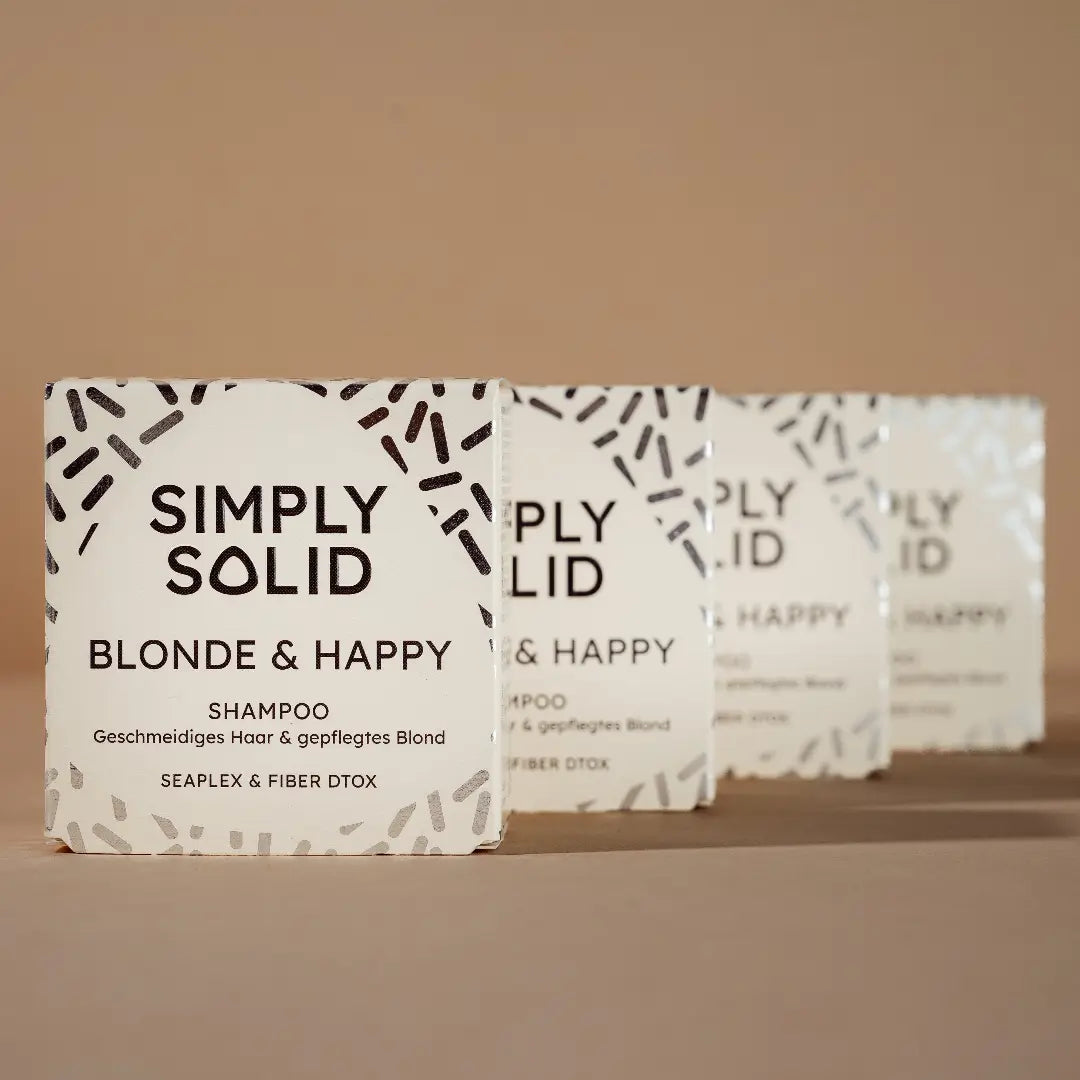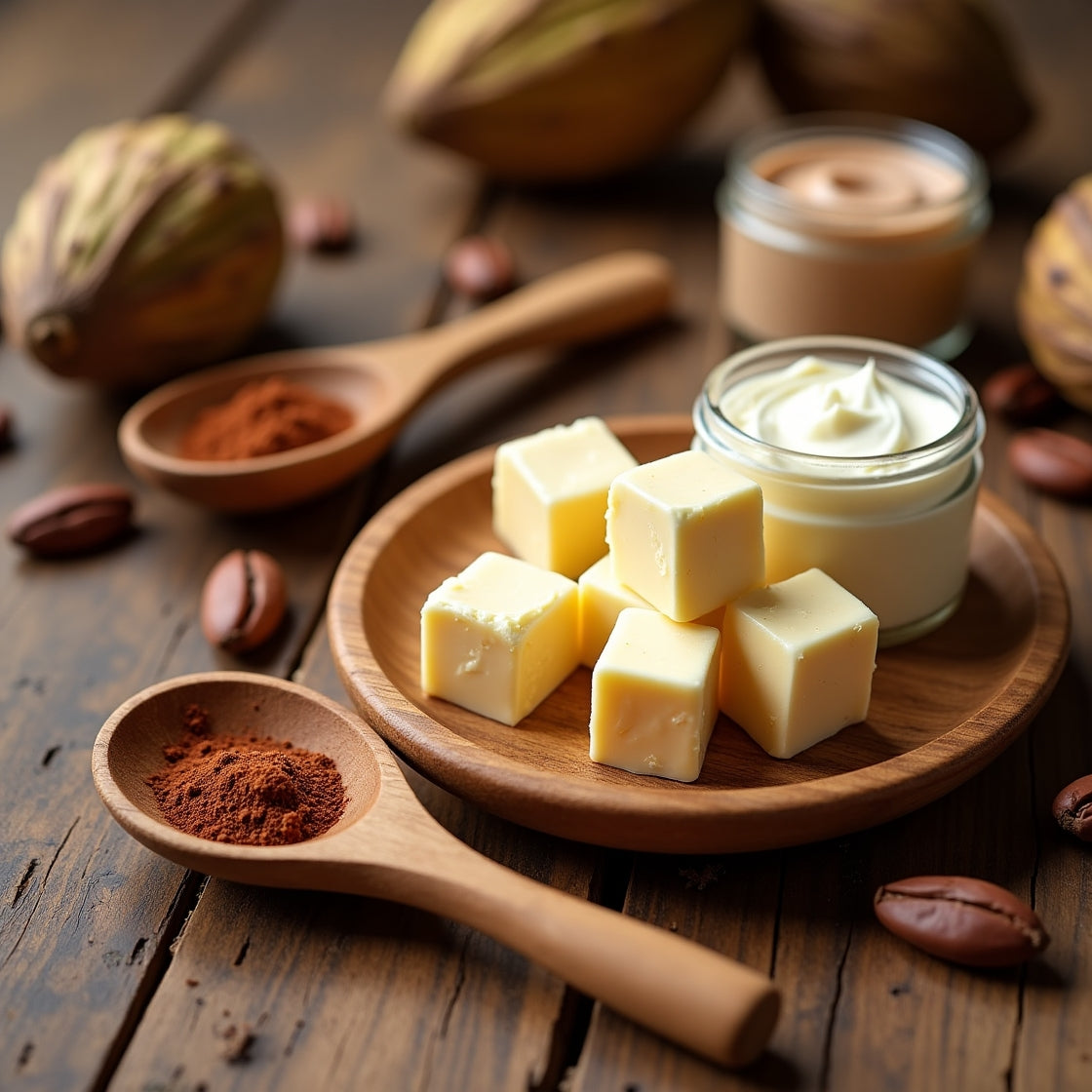
Cocoa butter: origin, production, uses, and benefits
Cocoa butter is much more than just a by-product of chocolate production. Thanks to its exceptional properties, it has become an indispensable ingredient in the world of cosmetics and nutrition. But what exactly is behind this coveted plant butter? Where does it come from, how is it produced, and why is it so important in skin care? In this comprehensive article, we will explain the origin, production, use, and effects of cocoa butter in detail.
The origin of cocoa butter: A treasure from the tropics
Cocoa butter is extracted from the seeds of the cocoa tree (Theobroma cacao), which is native to the tropical regions of South and Central America. The ancient peoples of Central and South America, such as the Maya and Aztecs, valued the cacao tree as a sacred gift from the gods. The Aztecs used cacao beans as currency and prepared a bitter drink from cacao powder, which they refined with spices. Cacao was so important that it was considered a symbol of wealth and luxury.
In the 16th century, Spanish conquerors brought cocoa to Europe, where it quickly became a popular luxury food. However, it was not until the 19th century that the industrial processing of cocoa really gained importance with the development of cocoa presses and cocoa butter extraction. The discovery of cocoa butter revolutionized chocolate production, as it not only improved the consistency of chocolate, but also enabled a wide range of other applications – from skin care to the manufacture of cosmetics.
How is cocoa butter made?
The production of cocoa butter is a detailed and technical process that is deeply rooted in the traditional craftsmanship of chocolate production. The process involves several steps:
Harvesting and fermentation
The first step in the production of cocoa butter is the harvesting of the cocoa pods, which look like large, oval fruits and contain about 20 to 50 cocoa beans. The beans are then removed from the pods and undergo fermentation. This usually takes 5 to 7 days and is crucial for the development of the beans' aroma. During this process, the beans are fermented by microorganisms, which reduces the bitter taste of the cocoa beans while intensifying the flavors that will later be found in the cocoa butter.
Drying and roasting
After fermentation, the cocoa beans are dried to reduce their moisture content. This is crucial to prevent the beans from spoiling later on. This is followed by roasting, in which the beans are heated at high temperatures in special roasting machines. This step helps to further develop the flavor of the cocoa butter and neutralize the bitter compounds.
Grinding and pressing
After roasting, the cocoa beans are ground to produce what is known as cocoa mass, which contains both cocoa butter and cocoa solids (cocoa powder). The cocoa butter is extracted by pressing the cocoa mass with a cocoa press. This step separates the cocoa butter from the solid cocoa particles, which are processed into cocoa powder after pressing.
Filtration and cooling
The extracted cocoa butter is filtered to remove impurities and then bottled in the form of blocks or drops. It remains solid at room temperature but melts at around 34°C. This makes it ideal for use in cosmetics and the food industry.
The effect of cocoa butter: Why is it so nourishing?
The numerous benefits of cocoa butter for the skin and body are based on its unique chemical composition. Cocoa butter contains a high concentration of saturated fatty acids, in particular stearic acid, palmitic acid, and oleic acid, which penetrate deep into the skin and provide lasting care. These fatty acids help the skin to retain moisture and strengthen its barrier function. Cocoa butter is a true miracle cure, especially for dry, sensitive, or irritated skin.
Cocoa butter also contains antioxidants such as vitamin E and polyphenols, which protect against harmful environmental influences and slow down skin aging. These antioxidants neutralize free radicals caused by UV radiation and environmental pollution, which can damage skin cells.
Skin care with cocoa butter
Cocoa butter has proven to be extremely effective in caring for particularly dry skin and cracked areas such as elbows, feet, and knees. Its moisturizing effect also makes it a valuable aid in treating stretch marks and scars. Cocoa butter is often recommended during pregnancy to keep the skin supple and reduce the appearance of stretch marks. Despite inconclusive clinical
Skin care with cocoa butter
Cocoa butter has proven to be extremely effective in caring for particularly dry skin and cracked areas such as elbows, feet, and knees. Its moisturizing effect also makes it a valuable aid in treating stretch marks and scars. Cocoa butter is often recommended during pregnancy to keep the skin supple and reduce the appearance of stretch marks. However, there is no clear clinical evidence to support this, which we will examine in more detail below.
Cocoa butter is also included in many high-quality soap bars precisely because of these nourishing properties. They provide rich moisture where other products can dry out the skin. Cocoa butter is also found in most of our solids. For example, in our Skincare Solid:
In addition to skin care, cocoa butter is also used in lip balms and hand creams, as it provides rich care and necessary protection for lips and hands.
Cocoa butter in nutrition: a versatile fat
In addition to its cosmetic uses, cocoa butter also has culinary applications, particularly in chocolate production. It gives chocolate its creamy consistency and delicate melt that we appreciate so much. But cocoa butter is not only used in chocolate—it is also increasingly used in vegan and healthy cuisine. Cocoa butter is particularly heat-resistant and is ideal for frying or baking.
Nutritional values of cocoa butter
Like all fats, cocoa butter is high in calories. It consists mainly of saturated fatty acids. The most important nutritional values at a glance:
Calories: 900 kcal per 100 g
Fat: 99 g per 100 g (of which saturated fatty acids 60-65 g)
Cholesterol-free
No sugar or carbohydrates
Due to its high fat content, cocoa butter should be consumed in moderation to avoid excessive calorie intake.
Sustainability and fair trade: Why cocoa butter should be produced ethically
A crucial aspect when buying cocoa butter is the issue of sustainability. Cocoa cultivation in many regions is affected by problems such as child labor, poor working conditions, and rainforest destruction. It is therefore important to look for certifications such as Fairtrade or organic when buying cocoa butter. These seals ensure that the cocoa butter has been produced under fair and environmentally friendly conditions.
The growing demand for sustainable cocoa has led to more and more companies investing in ethical sourcing practices, which has a positive impact on cocoa farmers and the environment.
Scientific studies on the effects of cocoa butter
The positive effects of cocoa butter on skin and health are not only traditionally handed down, but are also increasingly supported by scientific studies. For example, a study by the University of Reading showed that cocoa polymers have antioxidant properties that neutralize free radicals and thus have cell-protective effects.
Cocoa butter is also gaining attention in dermatology. A clinical review in the American Journal of Clinical Dermatology emphasizes the moisturizing and skin barrier-strengthening properties of plant lipids, especially the stearic and palmitic acids contained in cocoa butter. The protective layer of fat that cocoa butter forms on the skin reduces transepidermal water loss—a crucial factor in dry or inflamed skin.
Another area of application is pregnancy care. A randomized controlled study investigated the effectiveness of cocoa butter against striae gravidarum (stretch marks) – with mixed results. While many participants reported subjective improvement, no significant medical effect could be demonstrated. Nevertheless, cocoa butter is often recommended in practice due to its good tolerability and pleasant texture.
Finally, cocoa butter also plays a role in pharmaceutical formulations. Thanks to its low melting point and high biocompatibility, it serves as a carrier substance for suppositories and dermatological creams.
Conclusion: Cocoa butter – a true all-rounder
Cocoa butter is a true all-rounder that plays an important role in the cosmetics industry as well as in nutrition and cosmetics. Its diverse applications, from skin care and chocolate production to health-promoting aspects, make it an indispensable natural product. When buying cocoa butter, you should pay attention to its origin and sustainability in order to obtain not only a high-quality product, but also one that is ethically acceptable.
Sources
Andújar, I., Recio, M.C., Giner, R.M., & Ríos, J.L. (2012). Cocoa polyphenols and their potential benefits for human health. Oxidative Medicine and Cellular Longevity, 2012.
Elias, P.M. (2005). Stratum corneum defensive functions: an integrated view. J Invest Dermatol, 125(2), 183–200.
Buchanan, K., Fletcher, H.M., Reid, M., & Williams, M.


